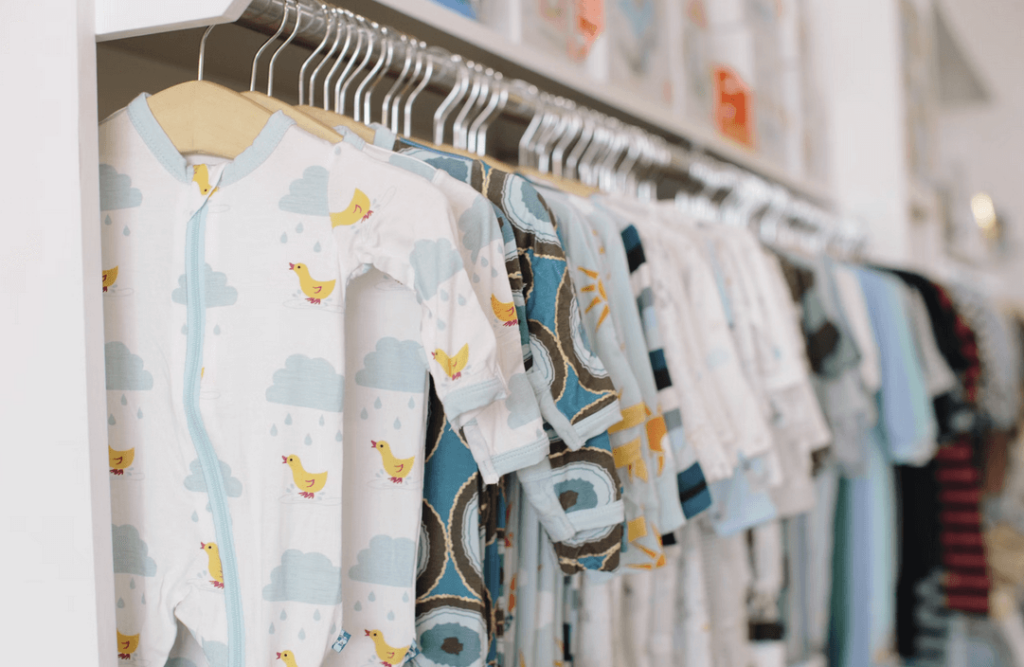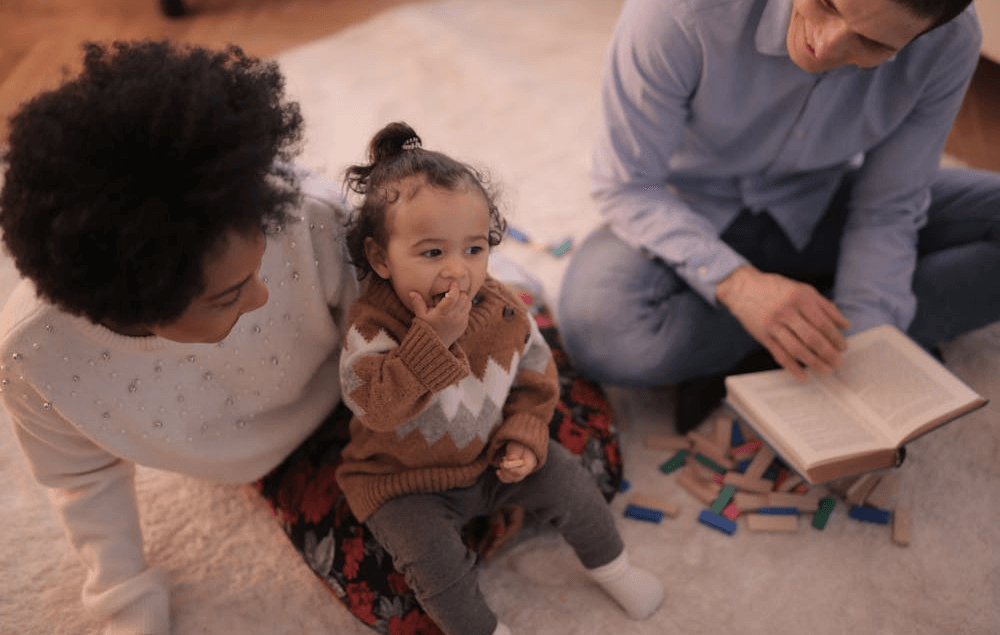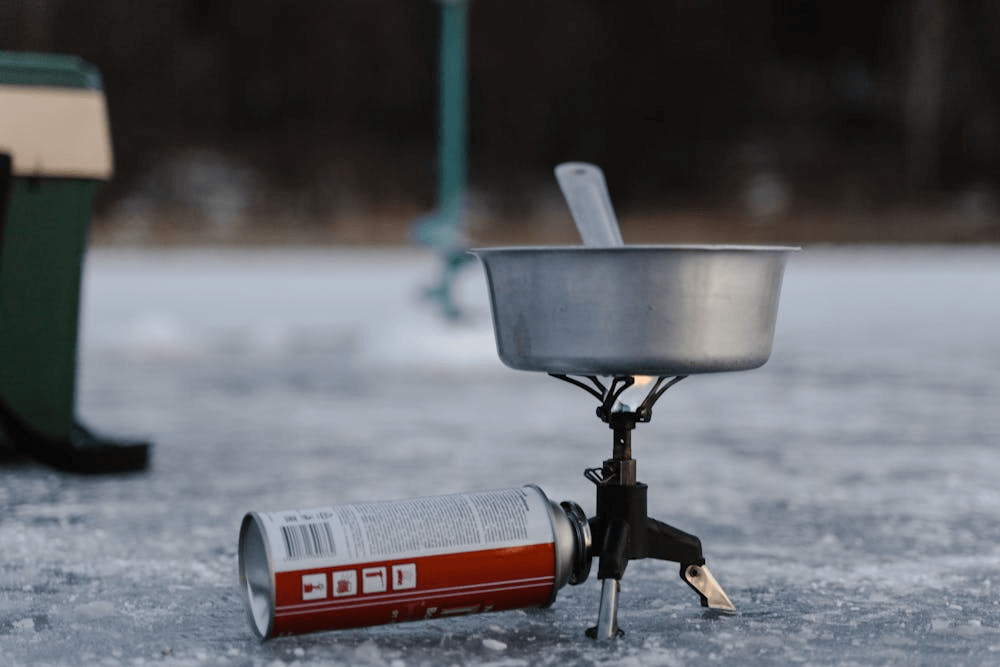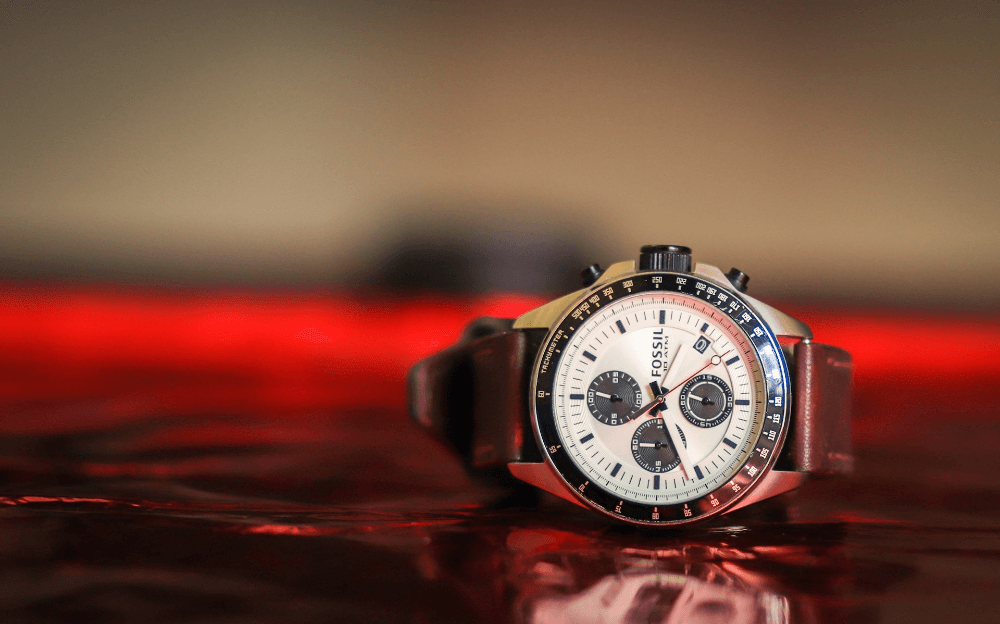📑Table of Contents:
Last updated on April 27th, 2024 at 04:33 pm
This blog post explores the advantages of choosing used clothes for our children to promote sustainable living and conscious parenting. It lists the top 7 stores where you can find quality used children’s clothing. Opting for pre-loved items saves money and contributes to a more sustainable and eco-friendly world.
So, without further ado, let’s unlock how to buy used kids’ clothes and save the planet!
Why Choose Used Children’s Clothing?
- Save the Planet: Buying used clothes reduces waste and the demand for new clothing production, lessening the environmental impact on our planet.
- Reduce Carbon Emissions: The fashion industry significantly contributes to carbon emissions. By opting for used clothing, we lower the carbon footprint of manufacturing new garments.
- Economic Advantage: Used clothes are a fraction of the price of new ones, allowing parents to save a considerable amount of money, especially considering how quickly children outgrow their outfits.
- Durability: Many children’s garments are designed to be durable and can easily be worn by three to four kids over time, making them perfect for hand-me-downs or secondhand use.
- Rapid Growth of Children: Kids grow fast, often outgrowing their clothes every 2-3 months. Buying used clothing makes more sense financially and environmentally, as it reduces the need for new clothes that will be quickly outgrown.

Top 7 Stores for Used Children’s Clothing
- ThredUP: ThredUP is one of the largest online consignment and thrift stores, offering a vast selection of high-quality used children’s clothing. It’s an excellent place for finding everything from everyday wear to brand-name garments at a fraction of the retail price.
- Poshmark: Poshmark isn’t just for adults; it also has a robust section for kids’ clothing. It’s a fantastic platform for finding deals on gently used children’s fashion from various brands, allowing parents to shop for quality clothes without breaking the bank.
- Once Upon A Child: With physical locations across the country, Once Upon A Child offers parents the convenience of shopping in-store for quality used children’s clothing, toys, and gear. Their strict quality standards ensure that all items are in great condition.
- Kids Mall: KidsMall is an excellent destination for parents looking for various children’s clothing options. From everyday wear to special occasion outfits, Kids Mall provides a sustainable shopping experience that benefits your wallet and the planet.
- eBay: eBay offers a wide range of used children’s clothing, from vintage finds to recent fashion trends. It’s a global marketplace where you can hunt for unique pieces and great deals on quality used clothing for kids of all ages.
- Mercari: Mercari is a user-friendly app that makes buying and selling used children’s clothing simple and convenient. With a diverse range of brands and sizes, it’s easy to find exactly what you’re looking for at a great price.
- Local Consignment Shops: Don’t forget about local consignment shops in your area. These stores often offer a carefully curated selection of children’s clothing, providing a personalized shopping experience while supporting local businesses.
How to Assess the Quality of Used Clothing
Evaluating the quality of used children’s clothing requires a discerning eye. Here are detailed steps to guide you:
- Fabric Feel: Start with the basics. Quality textiles have a richer, more substantial feel. The fabric might not withstand much wear if it feels lightweight or flimsy. Heavier materials usually last longer, offering better value for your money.
- Wear and Tear Inspection: Carefully examine seams, hems, and fabric surfaces. Quality items have strong, intact seams without fraying. Also, look out for holes or worn areas, especially in high-stress points like knees and elbows. These signs can indicate the item’s longevity.
- Color Vibrancy: Next, assess the item’s color. Bright, vivid colors suggest limited use, as excessive washing fades most fabrics. On the other hand, faded colors or patterns indicate the garment has been well-loved and might be nearing the end of its lifecycle.
- The Stretch Test: Gently stretch a part of the clothing. High-quality fabrics will return to their original shape without hesitation. If the fabric remains distorted or sags, it indicates poor elasticity and quality.
- Odor Check: Sniff the garment. You’re looking for a neutral smell or no odor at all. Any mustiness or strong perfumes could suggest issues with mold or attempts to cover up other odors, which could be hard to eliminate.
- Stain and Mark Scan: Inspect the clothing for stains or marks. Small, light stains might be treatable, but garments with large, set-in stains or multiple blemishes may not be worth your effort.
- Brand Recognition: Some brands are known for their enduring quality. Familiarizing yourself with these can make your search more efficient. Brands that focus on durability often produce clothes that last through multiple children.
- Care Label Reading: Don’t overlook the care label. It provides important washing instructions and indicates the garment’s quality. Manufacturers of high-quality clothes will include specific care instructions to ensure longevity.
- Style Consideration: Lastly, consider the garment’s style. Classic, timeless pieces are versatile and designed with durability in mind. Trendy items, on the other hand, may not have been made to last beyond a season.
Sizing Guide for Children’s Clothing

Navigating sizing for children’s clothing, especially when buying used, can be tricky but manageable with the right knowledge. Here’s a detailed guide:
- Understand Brand Sizing: Sizing varies significantly across different brands. Some brands may size their clothes smaller or larger than the standard, so it’s helpful to have measurements of your child’s current clothes as a reference. Always compare these measurements to the provided size charts or descriptions when shopping online.
- Look for Measurements: When possible, ask for specific measurements of used clothing items. Key measurements include length, waist size, and sleeve length. This step is crucial for online purchases where you can’t physically inspect the clothes.
- Anticipate Growth: Children grow quickly, so buying clothes with little room for growth is wise. However, avoid buying items too large, as they may be uncomfortable or impractical for the child to wear. A good rule of thumb is opting for slightly larger clothes, but not excessively.
- Seasonal Shopping Strategy: Plan your shopping with the seasons in mind. For example, if you’re buying winter clothes, it’s sensible to size up to ensure they’ll fit throughout the winter months. Similarly, summer clothes should be comfortable and not too tight, allowing for airflow and movement.
- Flexible and Adjustable Clothing: Look for features like adjustable waistbands or extendable cuffs that accommodate growth spurts. These features can significantly extend the lifespan of a garment, offering better value for money.
- Consider the Fabric: Some fabrics have more give and will stretch to fit longer than others. Knit fabrics, for example, offer more flexibility and can be a good choice for fast-growing children. On the other hand, woven fabrics are less forgiving and require more precise sizing.
- Check for Wearability: Even if the size seems right, consider how the garment is worn and worn. Clothing that’s difficult to maneuver can frustrate children and parents alike. Opt for user-friendly clothes with simple fastenings or stretchable openings.
- Consult Sizing Reviews: If you’re shopping online from brands or stores you’re unfamiliar with, look for reviews from other buyers about sizing. They can offer valuable insights into how true to size the clothing is and any sizing quirks you should be aware of.
- Keep Receipts and Understand Return Policy: Knowing the return policy is essential when buying used clothes, especially online. If the sizing doesn’t match up, having the option to return or exchange can save you from being stuck with unusable items.
Seasonal Shopping Guide for Used Children’s Wear

A seasonal shopping guide for used children’s wear requires a blend of strategy and timing to ensure you’re getting the best deals on clothes that fit well and are appropriate for the changing seasons. Here’s how to master seasonal shopping for children’s clothing:
- Plan Ahead: Plan your shopping a season in advance—for instance, shop for winter clothing at the end of winter or spring. Retailers often clear out last season’s inventory around this time, offering significant discounts. This approach applies to used clothing stores and online marketplaces as well.
- Understand Seasonal Needs: Different seasons demand different types of clothing. Winter requires warm layers, coats, and waterproof items, whereas summer requires light fabrics, hats, and sun-protective wear. List the essential items for the upcoming season, focusing on your child’s needs.
- Keep Growth in Mind: When buying for the next season, consider how much your child will grow before then. Buying a size up is tempting, but be mindful of how the seasons change. A coat that’s too big at the start of winter might only fit properly by the end, leaving your child cold at the beginning of the season.
- Look for Versatile Pieces: Seek out clothing that can transition between seasons. Items like lightweight sweaters, long-sleeve tops, and durable pants can often be layered for colder weather or used alone during milder days. This strategy can stretch your budget further and reduce the items needed.
- Quality Over Quantity: Especially for winter wear, prioritize quality. Well-made boots, jackets, and waterproof items can last through multiple seasons and even be handed down. High-quality items also tend to offer better protection against the elements.
- Take Advantage of Off-Season Sales: Look for sales and clearance sections in physical and online stores. Off-season shopping can yield excellent deals on high-quality items that would otherwise be out of budget.
- Consider the Return Policy: When shopping off-season, it’s crucial to know the return policy, particularly for growth spurts or unexpected size changes. Buying from sellers or stores with flexible return policies can offer peace of mind.
- Storage Tips: Once you’ve purchased off-season items, store them properly to maintain their condition. Clean and dry clothing thoroughly before storing them in a cool, dry place. Use clear, labeled bins for easy identification and access when the season changes.
- Stay Informed: Sign up for newsletters and follow your favorite used clothing stores on social media. Many stores announce sales and special promotions through these channels, giving you an edge in finding the best deals.
Tips for Washing and Caring for Used Children’s Clothing

Properly washing and caring for used children’s clothing can significantly extend its lifespan, ensuring the items remain in good condition for as long as possible. Here’s a detailed guide to help you care for these garments:
- Pre-Treatment: Start by inspecting each piece for stains. Pre-treat any spots with a stain remover before washing. For tougher stains, consider natural options like baking soda or vinegar, which are gentle on fabrics.
- Sorting: Sort clothing not just by color but also by fabric type and level of soiling. Washing heavily soiled clothes with lightly worn items can lead to cross-contamination of dirt and bacteria.
- Selecting the Right Detergent: Opt for a mild, eco-friendly detergent that’s gentle on fabrics and safe for sensitive skin. Some detergents are specifically formulated for used clothing and can help remove odors and buildup from previous washes.
- Choosing the Correct Wash Cycle: Follow the care labels on each garment. If labels are missing or faded, use a gentle cycle with cold water to prevent shrinking, fading, and fabric damage.
- Drying: Air dry clothing on a drying rack or clothesline whenever possible. Air drying is gentler on fabrics than tumble drying and can prevent shrinkage and fabric wear. If you must use a dryer, choose a low-heat setting.
- Ironing: Use the appropriate heat setting for each fabric type. Ironing can help kill any remaining germs and give clothes a fresh, crisp appearance. However, be cautious with delicate fabrics, easily damaged by high heat.
- Storing: Store freshly washed and dried clothing in a clean, dry place. Use drawer organizers or closet dividers to keep items sorted and easy to find. Ensure clothes are completely dry before storing to prevent mold and mildew growth.
- Repairing: Watch for minor damages such as loose buttons, undone hems, or small tears. Prompt repairs can prevent further damage and extend the clothing’s wearability.
- Seasonal Care: For out-of-season clothing, wash and dry items thoroughly before storing them in sealed containers. Adding silica gel packets can help absorb moisture and keep clothes in optimal condition.
- Fabric Softener: Use fabric softener sparingly, especially on towels and items that need to maintain absorbency. Fabric softeners can leave a residue that decreases fabric breathability and absorbency over time.
Conclusion
Choosing used children’s clothing is a smart and sustainable decision that benefits both your family and the environment. It’s a practical approach to fashion that aligns with the values of conscious consumption and environmental stewardship. By shopping at the stores listed above, you can find quality, affordable clothing for your children while contributing to a healthier planet for their future.
Buy used (second hand) clothes = save the planet = save money = live better!





